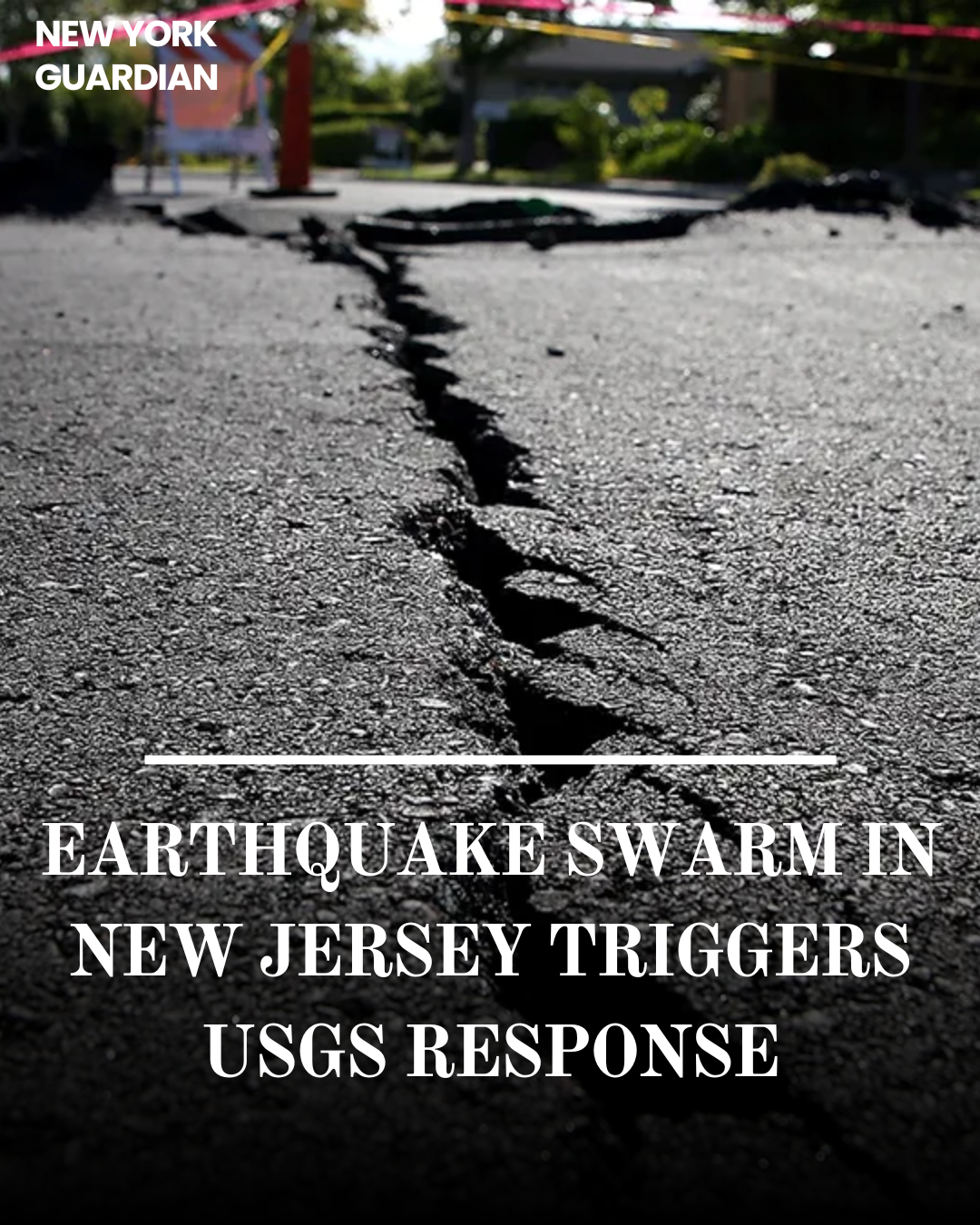Last Friday’s 4.8-magnitude earthquake rattled the tri-state area of New Jersey, sending shockwaves through communities and prompting concerns about potential aftershocks.
In response to the seismic activity, the U.S. Geological Survey (USGS) has initiated efforts to understand and document the aftershock sequence better, deploying specialized “aftershock kits” to track and analyze the ongoing seismic activity.
Unprecedented Aftershock Activity:
Since the initial quake on April 5th, the region has experienced over 50 aftershocks, ranging in magnitude from 1.3 to 3.8.
While relatively minor compared to the main event, these aftershocks have contributed to heightened anxiety among residents and underscore the need for comprehensive monitoring and analysis.
USGS Response and Deployment of Aftershock Kits:
Recognizing the significance of the aftershock sequence, the USGS announced the deployment of eight aftershock kits in the affected area.
These kits will enable researchers to track the origin, duration, and intensity of aftershocks, providing valuable data to enhance understanding of seismic activity in the region.
Understanding the Unique Nature of Eastern U.S. Earthquakes:
Earthquakes in the eastern United States are relatively rare but can have a more pronounced impact due to geological factors.
Unlike the western U.S., where tectonic activity is more prevalent, the eastern U.S. features older rock formations, contributing to a broader distribution of seismic energy during an earthquake event.
Challenges in Earthquake Forecasting:
Despite advances in seismic monitoring and research, forecasting the specifics of future earthquakes remains elusive.
While studying aftershocks is crucial for preparedness efforts, predicting future quakes’ precise timing, location, and magnitude remains beyond current scientific capabilities.
Last Friday’s 4.8-magnitude earthquake rattled the tri-state area of New Jersey, sending shockwaves through communities and prompting concerns about potential aftershocks.
In response to the seismic activity, the U.S. Geological Survey (USGS) has initiated efforts to understand and document the aftershock sequence better, deploying specialized “aftershock kits” to track and analyze the ongoing seismic activity.
Unprecedented Aftershock Activity:
Since the initial quake on April 5th, the region has experienced over 50 aftershocks, ranging in magnitude from 1.3 to 3.8.
While relatively minor compared to the main event, these aftershocks have contributed to heightened anxiety among residents and underscore the need for comprehensive monitoring and analysis.
USGS Response and Deployment of Aftershock Kits:
Recognizing the significance of the aftershock sequence, the USGS announced the deployment of eight aftershock kits in the affected area.
These kits will enable researchers to track the origin, duration, and intensity of aftershocks, providing valuable data to enhance understanding of seismic activity in the region.
Understanding the Unique Nature of Eastern U.S. Earthquakes:
Earthquakes in the eastern United States are relatively rare but can have a more pronounced impact due to geological factors.
Unlike the western U.S., where tectonic activity is more prevalent, the eastern U.S. features older rock formations, contributing to a broader distribution of seismic energy during an earthquake event.
Challenges in Earthquake Forecasting:
Despite advances in seismic monitoring and research, forecasting the specifics of future earthquakes remains elusive.
While studying aftershocks is crucial for preparedness efforts, predicting future quakes’ precise timing, location, and magnitude remains beyond current scientific capabilities.






















